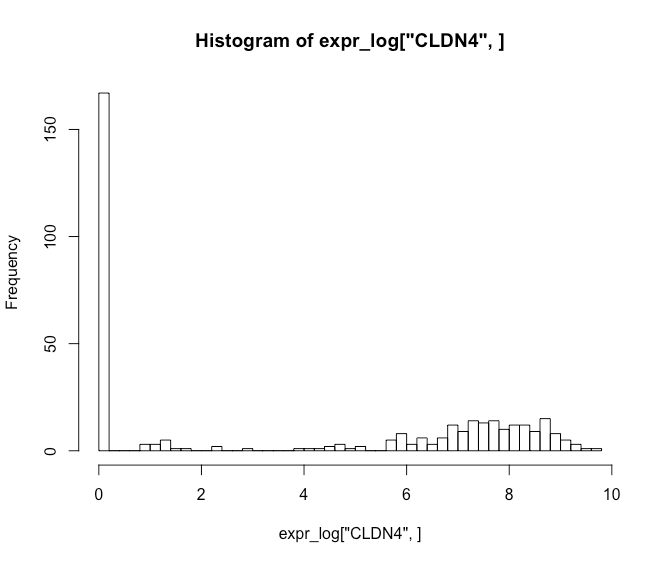How TermFinder calculates P-values
The GoTermFinder attempts to determine whether an observed level of annotation for a group of genes is significant within the context of annotation for all genes within the genome. Suppose that we have a total population of N genes, in which M have a particular annotation. If we observe x genes with that annotation, in a sample of n genes, then we can calculate the probability of that observation, using the hypergeometric distribution (eg, see http://mathworld.wolfram.com/HypergeometricDistribution.html ) as:
P-value is the probability or chance of seeing at least x number of genes out of the total n genes in the list annotated to a particular GO term, given the proportion of genes in the whole genome that are annotated to that GO Term. That is, the GO terms shared by the genes in the user's list are compared to the background distribution of annotation. The closer the p-value is to zero, the more significant the particular GO term associated with the group of genes is (i.e. the less likely the observed annotation of the particular GO term to a group of genes occurs by chance).
In other words, when searching the process ontology, if all of the genes in a group were associated with "DNA repair", this term would be significant. However, since all genes in the genome (with GO annotations) are indirectly associated with the top level term "biological_process", this would not be significant if all the genes in a group were associated with this very high level term.
Gene Ontology analysis in multiple gene clusters under multiple hypothesis testing frameworks.

